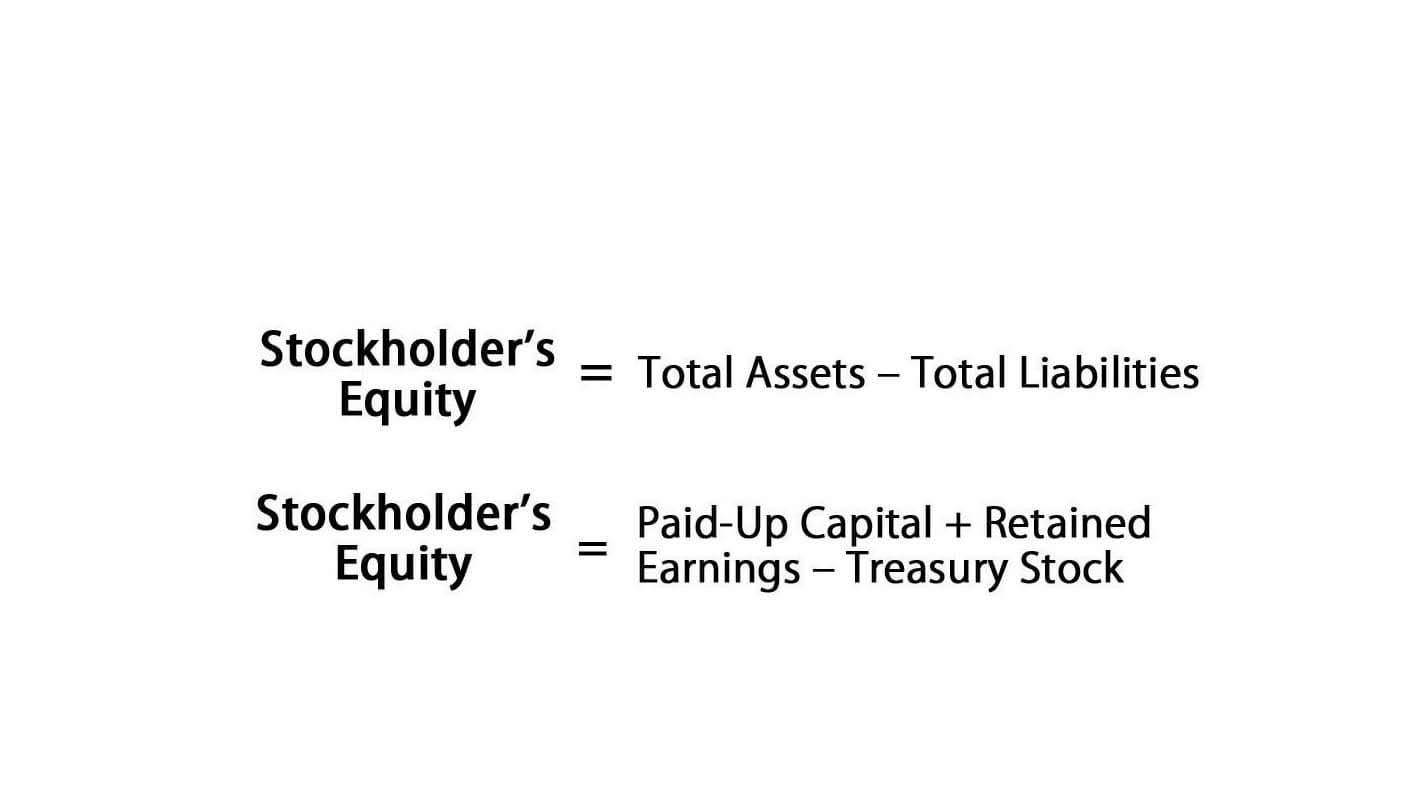
Customers are encouraged to engage with your brand for longer when using a subscription plan, meaning you might see a boost in customer retention. Both annual and monthly billing have advantages, meaning the best decision is driven by your specific business context. Per-thousand pricing is when the service is charged on a per-thousand-unit basis. You’ll need to generate an invoice to send out to the customer each time they’re due to be charged. If you’re thinking about getting into recurring billing but do not know whether you can track your expenses properly, check out the best guide for Tracking Recurring Expenses.
How Does Recurring Billing Work?

This approach ensures stable and predictable revenue streams and creates opportunities for upselling additional services or features. After choosing a payment processor, you’ll need to set Accounting for Churches up the system to manage recurring payments. This involves integrating the processor into your website or e-commerce platform, ensuring it can handle subscriptions effectively.
What is the difference between a one-time payment and recurring payment?
Irregular or variable recurring payments change based upon the usage of the customer. One of the most important aspects of recurring payments is that they are quick, easy and seamless for customers. All types of recurring payments will offer this to your customers but for the merchant, things can look a bit different. Interestingly, recent data reveals that subscription companies have largely shifted to usage-based payment options. According to a 2023 survey on usage-based billing, 61% of SaaS (software-as-a-service) companies either adopted this billing model or are testing it. Business leaders across the globe agree that a subscription-based model can foster sustainable growth for their businesses.

Pros of recurring billing
- The recurring billing system securely sends payment details to a payment gateway or processor.
- Hence, you save time for more important tasks, like improving customer service.
- Every subscription business outgrows its homemade billing system; it’s not a matter of if but when.
- This is where you charge customers according to the number of features they use.
- Both annual and monthly billing have advantages, meaning the best decision is driven by your specific business context.
By authorising recurring payments, customers can avoid the hassle of manually making transactions each billing cycle. This saves time and ensures that payments are made on time, eliminating the risk of late fees or service disruptions. Zoho Books has its own subscription billing software called Zoho Subscriptions.
What are the challenges in recurring billing?
Understanding and acting on the underlying causes of churn can transform a potential negative into an opportunity for service improvement and customer retention. Encouraging customers to commit to longer subscription periods will improve revenue stability and reduce churn. This can be achieved using incentives like discounts or additional benefits for annual or multi-year commitments.
How to Convert Your Estimates into an Invoices

Additionally, monthly invoices promote regular interaction with customers, which builds trust in your brand. However, variable recurring bills foster growth opportunities and flexibility. In this article, we’ll define recurring billing and determine the best solution for managing recurring payments. The processor then contacts the customer’s bank or credit card company to validate the payment how is sales tax calculated method and proceeds to authorize and process the transaction. That’s why we built a comprehensive tool to help you compare and choose the best payment processor for your subscription business, specific to your country.

- Recurring billing is a powerful tool that can revolutionise the financial landscape of businesses, providing stability, convenience and improved customer relationships.
- With recurring payments, you send invoices and process payments automatically.
- You need effective dunning management in place, which involves communicating with customers to update payment information to resolve failed transactions.
- As opposed to a standing order, which is set up by the customer directly with their bank.
- Irregular or variable recurring payments change based upon the usage of the customer.
Now that we’ve discussed the fundamentals of recurring billing, let’s talk about how you can implement it what is recurring billing successfully. Check out the tips below, and note that each of these should be approached strategically. In addition to the two primary models, other less common types may apply to more unique business needs. The best strategy is to provide both options to your customers to choose what seems more suitable. Check out how UpCodes simplified and scaled their recurring billing operations with Chargebee. By conducting thorough tests, you ensure that customers will have a smooth and hassle-free experience, which can reduce support tickets and increase satisfaction.


No comments yet, be the first!